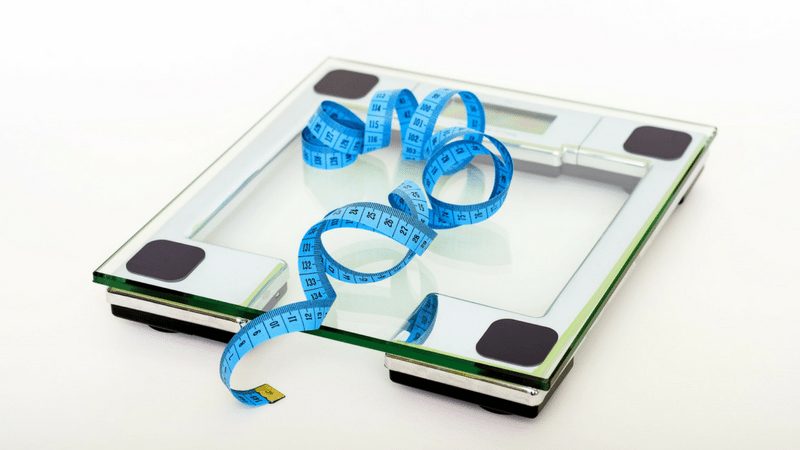How to Track Your Progress
Episode #8 of the course Fat loss for fitness enthusiasts by Theo Brenner-Roach
We’ve hinted to it a couple of times so far, and now it’s time to look at exactly how to track your progress and the role this will play in the ultimate success of your fat loss.
The inherent benefits of tracking your progress should be evident in the fact that you couldn’t possibly know how or when to adjust your calories with any accuracy without tracking what you’re eating.
Equally, how can you know if you’re losing weight too fast, too slow, or just right without weighing yourself? Then comes the question of how often should you weigh yourself and in what conditions?
To get the most out of your fat loss journey, there are a number of ways to track your progress.
Weight
When weighing yourself, you want to do it daily in the same conditions, preferably first thing in the morning after you’ve gone to the toilet but before you’ve eaten or drunk anything.
You then want to take a weekly average to get a clear picture of how your weight is changing.
Note: Sadly, weight loss is not linear, and you can expect your weight to fluctuate from day to day, but there should be a positive weekly trend that shows an overall decline of 1-2 lbs (0.5-1 kg). You can also look for the “weekly low,” which shows an strong indication that you’re on track for your weekly average to be lower than the week before.
Measurements
You could measure all the main points if you want, but the main focus when losing weight should be waist circumference taken on a monthly basis.
If you want to track more closely than this, you could do waist circumference on a fortnightly basis and full measurements on a monthly basis.
Note: When taking full measurements, do the following areas: chest, shoulders, arms flexed and relaxed, waist, and thighs. As with weighing yourself, try to take measurements in the same conditions and look for a steady reduction in waist circumference.
Strength
You should be tracking your workouts regardless of your goal, but when “cutting,” you should be looking at best to be making small strength gains over time but at least be maintaining strength across the board.
There will be some days where, for whatever reason, your workout may be tougher and you will struggle to hit your normal weights. This is okay. It’s only when this happens for a couple of weeks in a row in every session that you may want to adjust your calories or eat at maintenance calories for a week.
Note: It’s likely you won’t see progress on all exercises, but when eating in a calorie deficit, you should still continue to strive for progressive overload and to progress in your main lifts. It is possible to continue making strength gains, but it will understandably be slower. Expect this and track your workouts carefully.
Photos
Taking weekly, fortnightly, or monthly photos is a great way of seeing the progress you’ve made over time. The frequency at which you take them is down to personal preference, but fortnightly or monthly is probably best.
Note: Photos help capture the changes that are not possible for you to see day to day. It’s the equivalent of someone who hasn’t seen you for a while recognizing your progress, compared to you who looks in the mirror every day and finds it harder to see the big changes.
Clothing
Pay attention to how your clothes fit: Are your t-shirt sleeves tighter? Are your jeans looser at the waist? These changes will be incremental but will become more and more evident over time.
How your clothes fit is a great reminder of your progress even when you don’t think you’re changing much visually.
Note: When losing weight, you won’t necessarily notice your t-shirt sleeves getting tighter, but you should notice that your clothes begin to feel looser. This is particularly true for any clothes that were tight to begin with. How your clothes fit is also a great visual reminder of how far you’ve come since you started your fat loss journey.
Summing Up
In order to know how you’re progressing toward your goals, you need to track your progress. You don’t need to use all the methods laid out above, but at the minimum, you should be weighing yourself daily and taking your waist circumference monthly.
Recommended book
Cooking that Counts: 1,200 to 1,500-Calorie Meal Plans to Lose Weight Deliciously by Cooking Light
Share with friends

